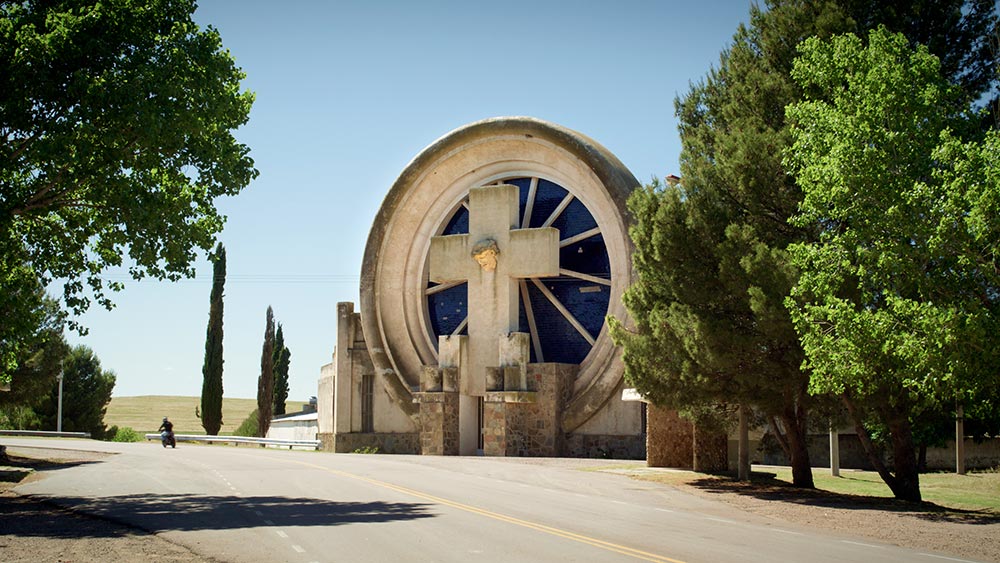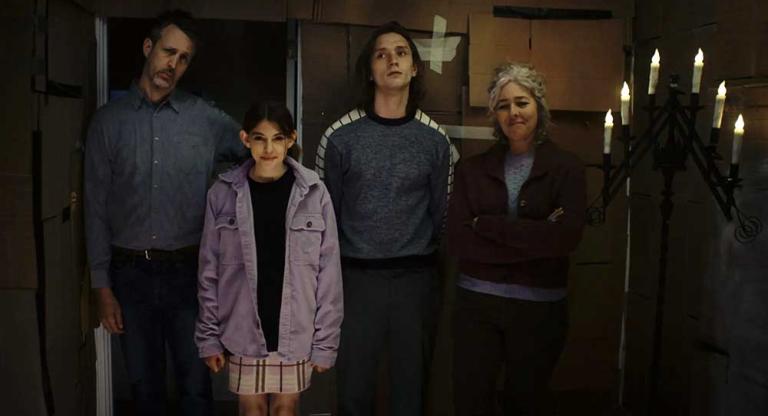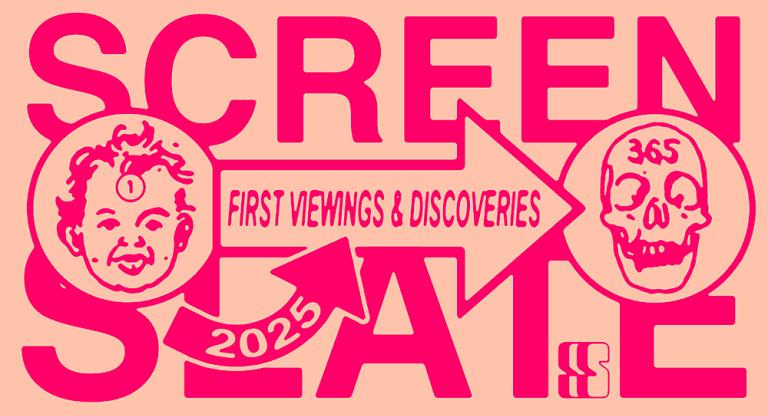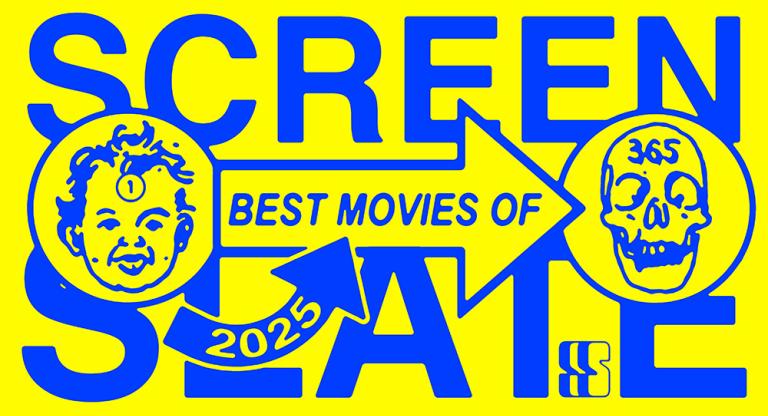Formally austere until it really isn’t, Heinz Emigholz’s Slaughterhouses of Modernity (2022) starts out as a bone-dry lecture on the violent colonial propagation of European-influenced architectural modernism read over an uninterrupted sequence of five-second static shots of public structures designed by Argentine modernist architect Francisco Salamone between 1936 and 1940. Libraries, court houses, churches, and (importantly for the film’s central thesis) slaughterhouses, mostly abandoned and in various states of decrepitude, reveal the retrospective ugliness—and broken promises—of this architectural ethos. The right angles and minimalist curves of now rust-streaked and flaking public buildings in the Buenos Aires Province towns of Pellegrini, Saldungaray, Laprida, Balcarce, Guaminí, Salliqueló, and Azul evoke a striving for aesthetic purity and strict functionalism that an architectural cognoscenti disillusioned with its aspirations (here represented by Emigholz) is eager to discredit.
Act two completely switches gears and presents us with the sunken resort town of Epecuén, which was founded on the shore of a saltwater lake in 1921 and completely submerged in 1985 when the lake flooded. Since 2009 the water has receded and the town re-emerged, a concrete Atlantis of rubble and petrified trees. Actor Stefan Kolosko appears in a wetsuit to relate the story of a German concentration camp commandant who wrote a confession on the eve of his execution in 1945, explaining how his reading of Schopenhauer, Goethe, and Spengler had led him, through “deep reflection,” to become a Nazi. We’re then brought to contemporary Berlin and the Stadtsschloss, a project begun in 2008 to reconstruct the Wilhelmine imperial palace in the city center and turn it into a museum and cultural center. A pair of commentators don’t mince their words, calling the castle “a monstrous example of a reality put in place by the exercise of power.” After all, Kolosko pops up to explain, it is a monument to Wilhelm II, who orchestrated the first modern genocide—against the Herero and Nama people of then-Deutsch-Südwestafrika (present-day Namibia).
A final part examines the work of Bolivian architect Freddy Mamani Silvestre, whose “neo-Andean” buildings in the town of El Alto “mock the norms of a formulaic and globally enforced architectural modernism shaped by the Bauhaus” by freely mixing colorful Indigenous motifs and abstract patterns on facades and interiors. Lacking an architectural vocabulary, I can only describe the aesthetic of these structures as completely bonkers, like a ’70s disco font in Western Beef colors translated into the idiom of eaves and mouldings.
Emigholz’s film drenches us in information and baroque arguments without engaging the material in a distinctly cinematic way, the images acting primarily as a backdrop for an essay that likely would have been better experienced on the page. (The text literally invades the screen in the last scene, in which we’re treated to a song by Kiev Stingl, “the German Lou Reed,” and the lyrics are superimposed karaoke-style over Mamani Silvestre’s flamboyant lime green interiors.) With echoes of Yoni Goldstein and Meredith Zielke’s A Machine to Live In (2020), Slaughterhouses of Modernity leans a little too hard on its own verbosity to be as engaging an architectural documentary as, say, Hiroshi Teshigahara’s purely sensory Gaudi (1984).
Slaughterhouses of Modernity screens this afternoon, October 9, at the New York Film Festival. Director Heinz Emigholz will be in attendance for a Q&A.






